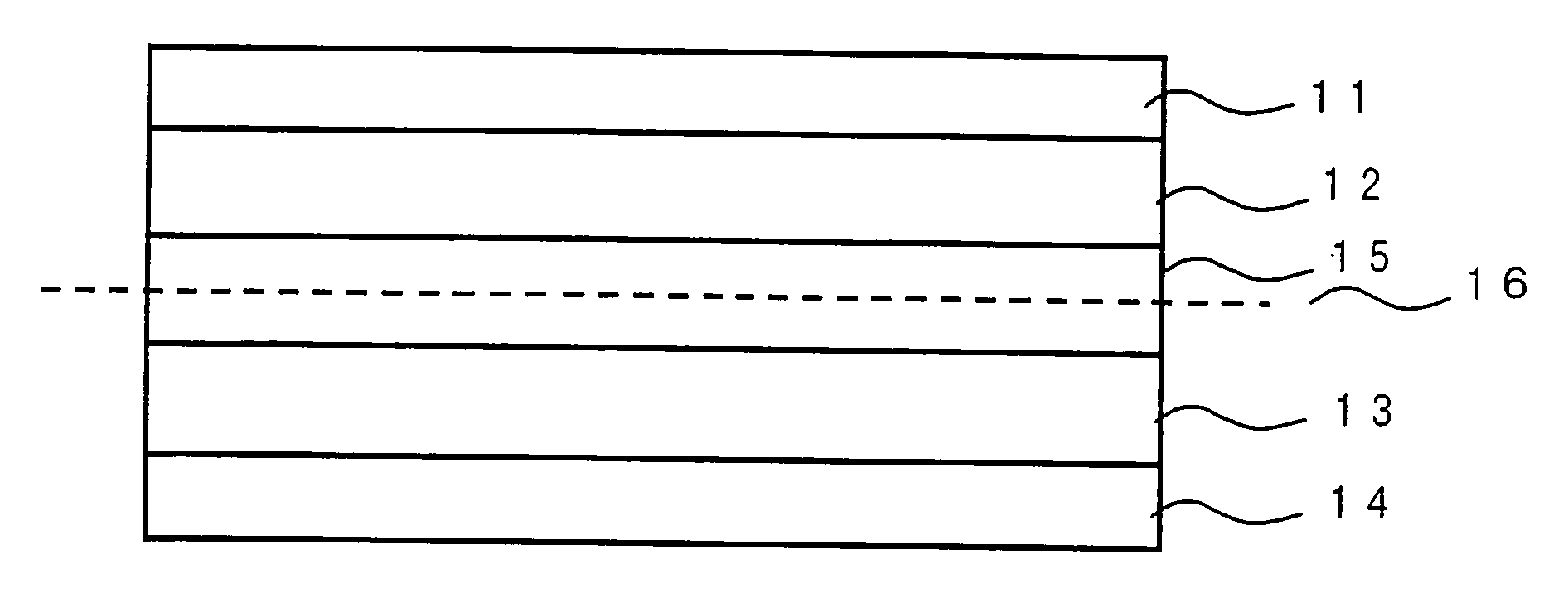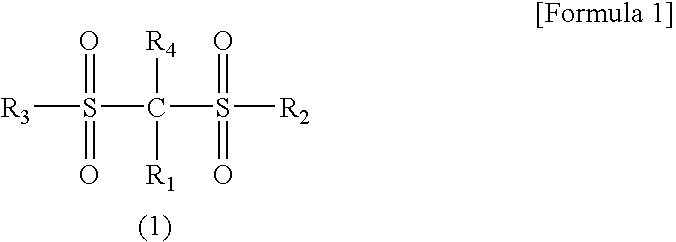Secondary battery
- Summary
- Abstract
- Description
- Claims
- Application Information
AI Technical Summary
Benefits of technology
Problems solved by technology
Method used
Image
Examples
examples
[0116] [Manufacturing Process]
[0117] First, a lithium-manganese composite oxide having a spinel structure, which plays a role as a positive electrode active material of the present invention, will be described. As long as the lithium-manganese composite oxide has a spinel structure, it is not necessary that [Li] / [Mn] ratio should be 0.5 (i.e. LiMn2O4), and the ratio of Li may be higher, or Li may be replaced by another element (typically Li1+xMn2-xO4, x>0).
[0118] Similarly, as long as the lithium-manganese composite oxide has a spinel structure, it is not necessary that the [Li+Mn] / [O] ratio should be 0.75.
[0119] In consideration of ease of formation of slurry in fabrication of a positive electrode and evenness of a battery reaction, the particle diameter of the lithium-manganese composite oxide is usually 0.5 to 30 μm as a D50 particle diameter. This lithium-manganese composite oxide can be produced in a manner that will be described below.
[0120] As a Li raw material, for exampl...
PUM
 Login to View More
Login to View More Abstract
Description
Claims
Application Information
 Login to View More
Login to View More - R&D
- Intellectual Property
- Life Sciences
- Materials
- Tech Scout
- Unparalleled Data Quality
- Higher Quality Content
- 60% Fewer Hallucinations
Browse by: Latest US Patents, China's latest patents, Technical Efficacy Thesaurus, Application Domain, Technology Topic, Popular Technical Reports.
© 2025 PatSnap. All rights reserved.Legal|Privacy policy|Modern Slavery Act Transparency Statement|Sitemap|About US| Contact US: help@patsnap.com



